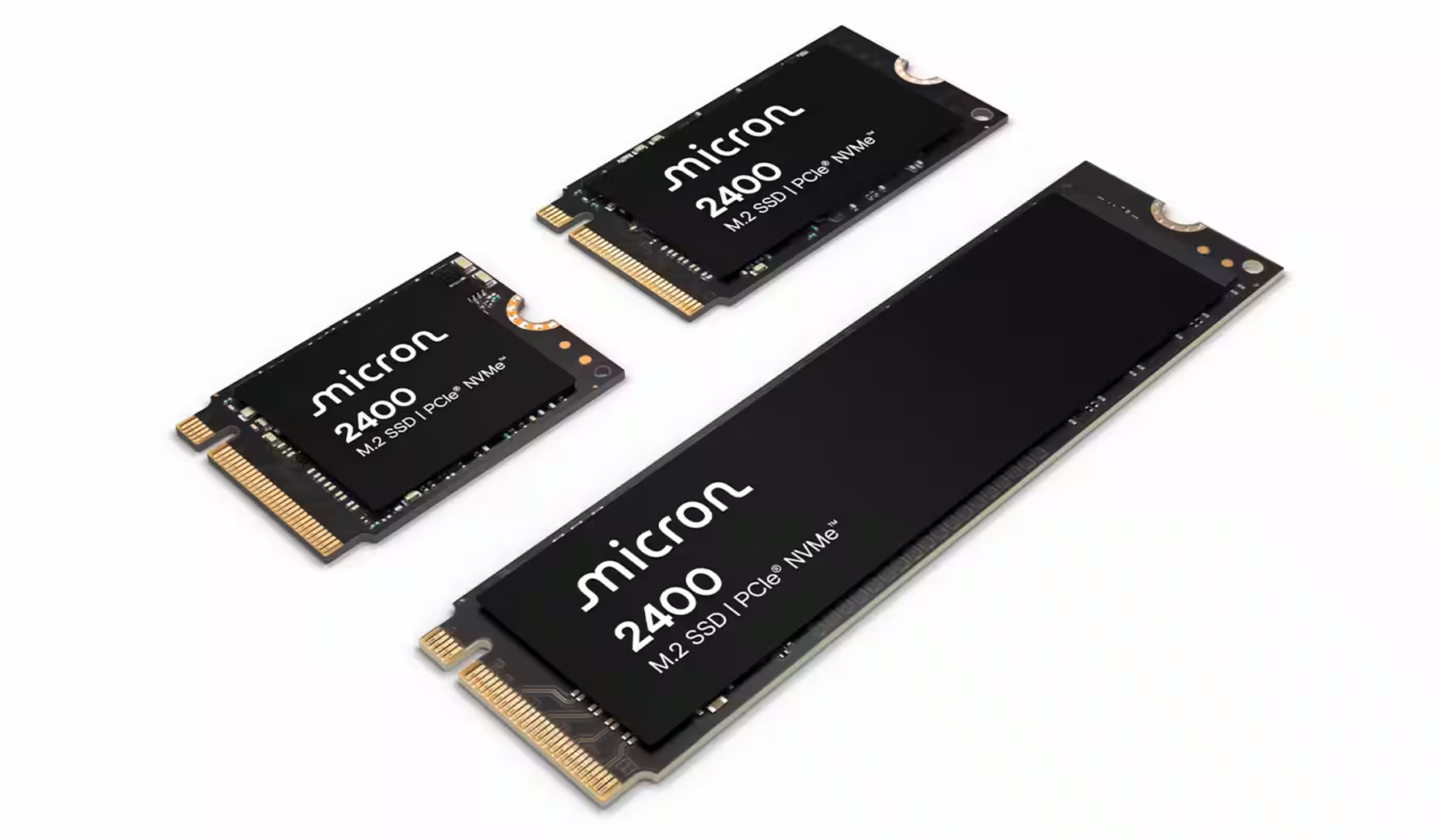Breakthrough in molecular materials could lead to ultra-dense memory

Scientists at the Tokyo Institute of Science, led by Professor Yoichi Murakami, have developed a new material — covalent organic framework (COF) within which tiny «molecular rotors» are embedded. The technology, published in the Journal of the American Chemical Society and highlighted by Notebookcheck, could be the basis for ultra-dense storage devices that can hold many times more information than today’s NAND chips.
How Molecular Rotors Work
In contrast to semiconductor memory, a COF crystal has ultra-low density, which creates free space for rotors to rotate. Each such rotor is able to change orientation under the influence of electric field or heat and act as a switchable bit. In this way, the crystal can act as a non-volatile memory.
For the technology to be applicable, rotors had to meet four conditions at once:
- respond to an electric field;
- stable at room temperature;
- rotate freely without interference;
- can withstand heating to high temperatures;

The researchers say the material fulfills all requirements: the rotors remain stable under normal conditions, can withstand heating up to 150 °C, and the framework itself is only destroyed at temperatures around 400 °C. Orientation switching is possible both when exposed to a strong electric field and when heated above 200 °C.
Opening value
This is the first time that COF material demonstrates such characteristics, removing long-standing limitations in the field of molecular memory. If the development is taken to practical devices, it will enable the creation of chips capable of storing significantly more data in smaller volumes.
Potential applications include smartphones, wearable electronics, IoT devices and other areas where compact but capacious memory is required.








